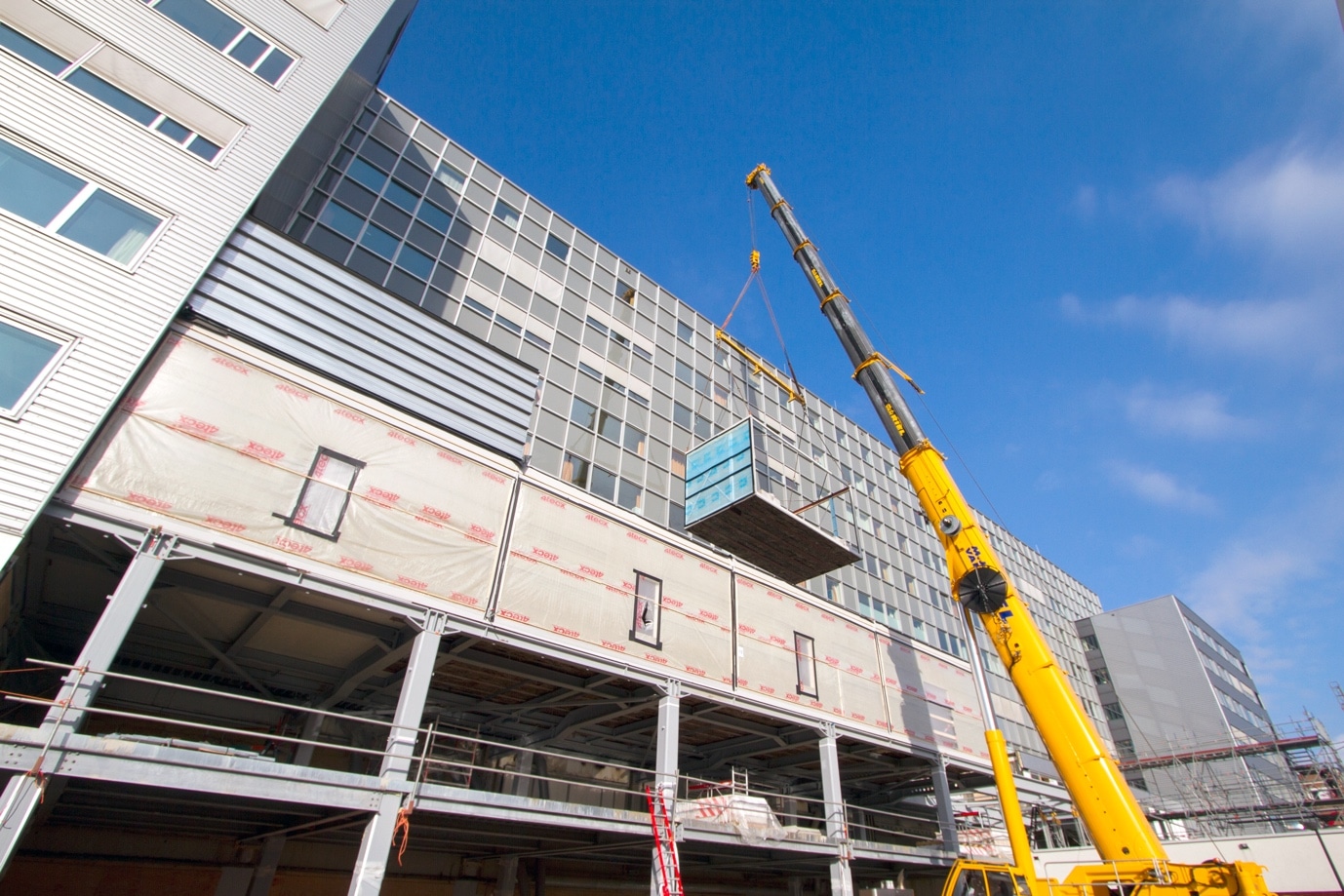Modular modalities
We are specialists in the design, build and delivery of complex modular healthcare facilities

We are specialists in the design, build and delivery of complex modular healthcare facilities

A hospital or clinic should be designed with an awareness of ongoing developments that may not yet be reflected in the current project. Innovations in operating rooms and diagnostic departments are emerging at an increasingly rapid pace. The capacity requirements today may differ significantly from those anticipated in the coming years
Years of experience
Succesfully implemented projects
Countries of implementation
Implemented modular projects
The final steps are swift as all that’s left is to finish connecting utilities, perform quality tests and cleaning up the site. Because many of the steps can take place at the same time, projects can be completed 30-50% faster than traditional construction methods. ROI starts therefore much faster.
Modular construction provides a flexible solution that not only offers advantages in the future
can be relocated or modified as requirements change and new technology can be introduced
the build time can be reduced by up to 50% compared to a traditional build
building off-site brings savings, and our hire model brings total peace of mind
our structures meet the local rules and regulations, specifications are of the highest level
modular healthcare facilities can be fitted out to each client’s particular requirements
smaller carbon footprint through low impact at the site and the re-use of buildings
Operating Theatres, Hybrid Operating Theatres, Operating Complexes, Private Clinics
Endoscopy suites
Dialysis Centres, Diagnostics Centres, Minor Injuries Units, Outpatients Clinics
Central Sterile & Packaging Departments, Endoscope Decontamination units
MRI, CT, PET-CT, X-ray departments, Laboratories
Can include almost any additional facility i.e. consultation rooms, staff changing areas, reception and waiting areas
Modular buildings are designed and constructed to meet or exceed the same stringent building codes and standards as traditional construction. The controlled factory environment, precision manufacturing, and comprehensive quality control processes ensure that modular structures are robust, durable, and capable of withstanding the test of time. They are engineered to provide safe and reliable housing solutions for generations.
Thanks to the controlled factory, modular construction significantly reduces costs when compared to traditional construction methods. Because the structures are built indoors, modular construction also reduces the risk of delays and mishaps caused by disruptive weather.
Modular construction is 30-50% faster than traditional construction. This accelerated pace is made possible by the simultaneous processes. While the units are crafted in a controlled factory environment, site preparation, such as grading and foundation work, can proceed at the same time. These shortened construction timelines bring significant advantages First, they lead to reduced financing costs, a critical factor for project feasibility. Second, faster project completion addresses the ever-growing demand for housing solutions and gives a faster return on investment
Modular construction excels in quality control, offering a level of assurance that’s challenging to achieve in traditional construction. This advantage stems from the controlled factory environment where modular components are manufactured. In this controlled setting, precision manufacturing ensures that every module is built with meticulous attention to detail, free from weather-related or on-site inconsistencies. Rigorous quality checks are conducted at each stage of production, from materials inspections to structural integrity assessments, ensuring adherence to industry standards and building codes.
Modular construction aligns perfectly with the demand for affordable housing by offering cost-effective, efficient, and quality-driven solutions. Its ability to expedite project timelines, reduce labor costs, and optimize material usage makes it not only viable but also highly sustainable in the affordable healthcare facility housing sector.